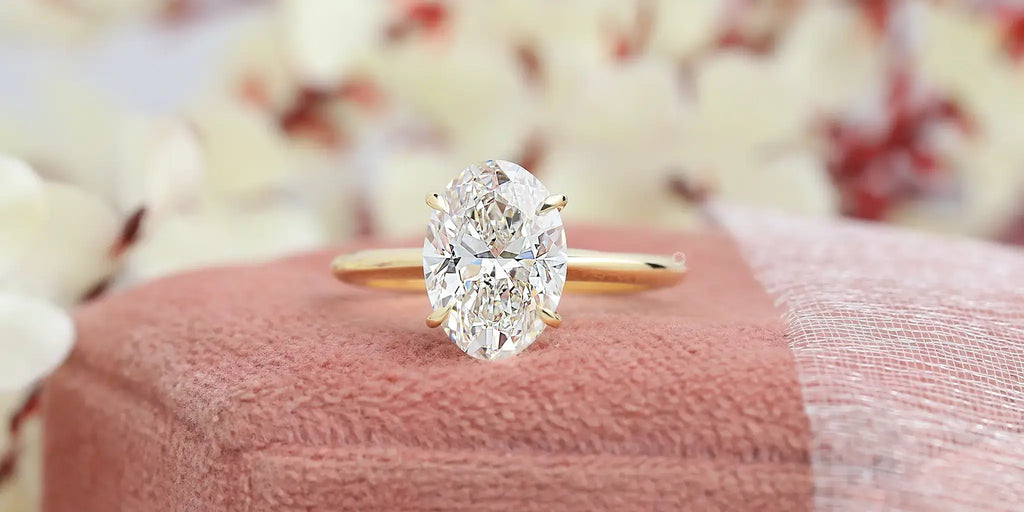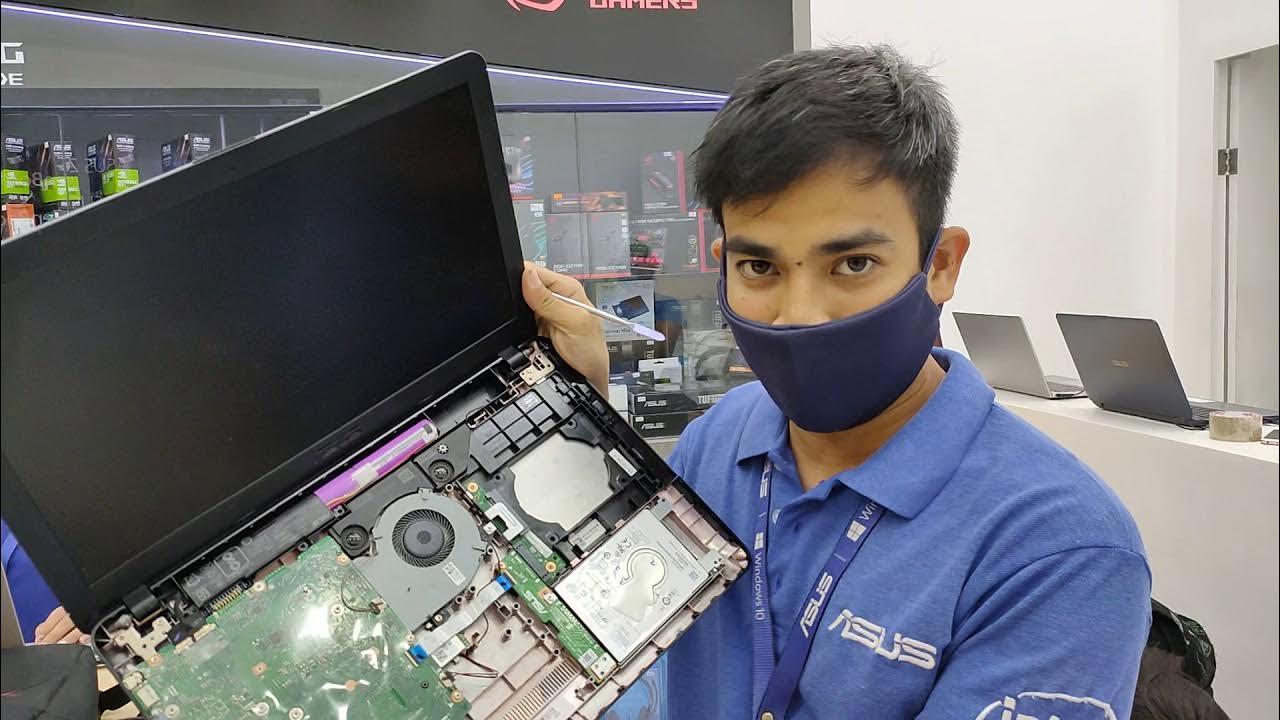Making an engagement ring can take anywhere from a few weeks to several months, depending on the design complexity and availability of materials. An engagement ring is not just a beautiful piece of jewelry; it symbolizes love, commitment, and the promise of a lifelong partnership.
From selecting the perfect diamond or gemstone to crafting a unique design, the process of creating an engagement ring involves meticulous attention to detail and skilled craftsmanship. But how long does it actually take to make an engagement ring? The answer to this question varies depending on various factors, such as the complexity of the design, the availability of materials, and the skill level of the jeweler.
We will explore the different stages involved in creating an engagement ring and provide you with an understanding of the time it typically takes to complete this meaningful piece of jewelry.

Credit: www.facebook.com
Crafting An Engagement Ring
Crafting an engagement ring is a meticulous process that requires time and expertise. From selecting the perfect diamond to designing the setting, it typically takes several weeks to create a bespoke engagement ring that will be treasured for a lifetime.
The Art Of Creating A Symbol Of Love
Creating an engagement ring is not just a simple task; it is an art form, a meticulous process that combines skilled craftsmanship and heartfelt emotions. Crafted with love and precision, an engagement ring is more than just a piece of jewelry; it is a symbol of everlasting love and commitment.
Understanding The Steps Involved
Designing and creating an engagement ring requires a series of intricate steps and careful attention to detail. Each process adds a unique touch to the final masterpiece that will adorn the finger of the one you love. Let’s explore the steps involved in crafting an engagement ring:
The Process Of Crafting An Engagement Ring
- Conceptualizing the Design: The first step in creating an engagement ring is to conceptualize the design. This involves collaborating with a skilled jeweler, sharing your ideas and inspirations, and discussing various design elements.
- Selecting the Gemstone: Once the design is finalized, the next step is to choose the perfect gemstone to be featured on the ring. Whether it’s a flawless diamond, a vibrant sapphire, or a captivating emerald, the gemstone selection is crucial in creating an engagement ring that truly captures your love.
- Fabricating the Metal: After the gemstone is chosen, the jeweler carefully selects the metal that will bring the design to life. Popular choices include white gold, yellow gold, rose gold, and platinum. The metal is then shaped and prepared for the next phase of the process.
- Setting the Gemstone: With the metal frame ready, the next step is to expertly set the chosen gemstone. This requires skillful hands that delicately secure the gemstone in its designated place, so it shines and sparkles with brilliance.
- Adding Finishing Touches: The final touches make all the difference. The jeweler meticulously polishes the ring, ensuring a flawless finish. Engravings, if desired, are carefully etched onto the ring, adding a personal and sentimental touch to the design.
- Quality Assurance: Before the engagement ring reaches its destined finger, it undergoes a thorough quality check to ensure every element is perfect. From the overall design to the durability of the metal and the quality of the gemstone, attention to detail is of utmost importance.
- Presentation and Delivery: Finally, the engagement ring is beautifully packaged, ready to be presented and cherished. The moment it is slipped onto the finger of the beloved, a new chapter of love and commitment begins.
Making an engagement ring involves the skilled hands of experienced jewelers, who pour their passion into each step of the process. From the initial design to the final presentation, crafting an engagement ring is a labor of love, creating a symbol of devotion that will be treasured forever.

Credit: masinadiamonds.com
Designing The Ring
Discover the timeline for creating a beautiful engagement ring, from the initial design concept to the final product. Gain insights into the various steps involved and the estimated time it takes to make a truly unique and personal symbol of love.
Choosing The Perfect Design
When it comes to designing an engagement ring, one of the first and most important decisions you need to make is choosing the perfect design. This is the foundation of your ring and sets the tone for its overall look and feel. Whether you prefer a classic solitaire or a more intricate halo design, it’s essential to take your time and consider options that truly resonate with your personal style and preferences.
Collaborating With The Jeweler
Once you have a clear vision of the design you want, it’s time to collaborate with a skilled jeweler who can bring your dream ring to life. Communication is key during this stage, as you will be discussing details such as metal type, gemstone choices, and any customizations you desire. A reputable jeweler will listen attentively to your ideas and provide valuable suggestions to enhance the design while ensuring it reflects your unique personality.
When collaborating with the jeweler, keep in mind that their expertise and experience can significantly contribute to the final outcome of your ring. They can guide you on selecting the most suitable metal for durability and aesthetics, suggesting gemstones that complement your design and budget, and incorporating personal touches that make the ring truly one-of-a-kind.
It’s worth mentioning that collaborating with a jeweler not only ensures the design is in line with your expectations but also guarantees the use of high-quality materials and craftsmanship. Experienced jewelers understand how to balance creativity with practicality, making sure the ring is both visually stunning and durable enough to withstand everyday wear.
By trusting in the expertise of a skilled jeweler, you can rest assured that your engagement ring will be crafted with meticulous attention to detail. From selecting the finest gemstones to expertly setting them into the band, the jeweler’s skill and precision will transform your chosen design into a tangible symbol of love and commitment.
Selecting The Materials
Creating an engagement ring involves carefully selecting the materials, which can determine the time it takes to complete the process. Factors like the type of metal and gemstones chosen contribute to the overall timeline.
Finding The Ideal Gemstone
When it comes to selecting the materials for an engagement ring, finding the ideal gemstone is a crucial step. The gemstone is the centerpiece of the ring, representing love, beauty, and commitment. Whether you have your heart set on a traditional diamond or are considering a unique alternative, there are various factors to consider when choosing the perfect gemstone for your engagement ring.
- Consider the 4Cs: carat, color, clarity, and cut. Each of these factors plays a significant role in determining the overall beauty and value of the gemstone. The carat represents the weight of the gemstone, while color refers to its hue. Clarity determines the presence of any internal or external flaws, and the cut determines how well the gemstone reflects light.
- Think about the shape of the gemstone. From classic round brilliant to trendy princess and elegant emerald, different gemstone shapes can significantly impact the overall appearance of the engagement ring.
- Consider the durability of the gemstone. Engagement rings are worn daily, so you want to choose a gemstone that can withstand everyday wear and tear. Diamonds are known for their exceptional hardness, making them an ideal choice for engagement rings.
Exploring Different Metals
Once you have selected the perfect gemstone, it’s time to explore different metals for your engagement ring. The metal choice not only affects the overall look of the ring but also its durability and maintenance.
- Platinum: Known for its exquisite white luster, platinum is a popular choice for engagement rings. It is highly durable and hypoallergenic, making it suitable for those with sensitive skin.
- Gold: Gold is a timeless metal choice for engagement rings. It is available in various colors, including yellow, white, and rose gold, allowing you to choose the one that best suits your personal style. Keep in mind that gold is a softer metal compared to platinum, so it may require more maintenance over time.
- Palladium: Palladium is a relatively new metal in the world of engagement rings. It has a similar look to platinum but is more affordable. Palladium is lightweight, hypoallergenic, and resistant to tarnish and corrosion.
- Silver: Silver is an affordable metal option for those on a budget. While it can be used for engagement rings, it is not as durable as other metals and may require more maintenance to keep its shine.
Actual Ring Production
The production time for an engagement ring can vary, typically taking anywhere from 2 to 6 weeks. This duration allows for the customization of the ring, including selecting the design, choosing the gemstone, and crafting the final piece to perfection.
Actual Ring Production
Casting the Ring
Casting the ring is the initial step in creating an engagement ring. It involves the process of transforming precious metals into a desired shape. Firstly, a mold is made, which will determine the shape and size of the ring. The mold is then heated, and the metal is melted down until it reaches a molten state. This liquid metal is carefully poured into the mold and left to cool down and solidify. Once cooled, the mold is removed, revealing a raw, unfinished ring structure. Next, the ring goes through a process called ‘cleanup.’ During this step, any excess metal or imperfections are removed, ensuring a smooth and flawless surface. Filings and sanding techniques are utilized to make the ring ready for the final stage of production.Setting the Gemstone
Setting the gemstone is a crucial step in the production of an engagement ring. This process involves carefully placing the chosen gemstone into the crafted setting of the ring. An experienced jeweler assesses the gemstone to ensure it fits securely and aesthetically pleasing within the ring. The setting process involves intricate workmanship and precision. To secure the gemstone, prongs or bezels are used. These metal components hold the gemstone firmly in place while allowing it to catch the light, enhancing its brilliance. Once the gemstone is securely set and positioned correctly, the jeweler ensures that it is aligned with the design of the ring. This ensures a symmetrical and visually appealing result, giving the engagement ring its final touch of elegance and beauty. In conclusion, the actual production of an engagement ring involves casting the ring to create its basic structure, followed by the intricate process of setting the gemstone. These two steps require skilled craftsmanship and attention to detail to create a stunning and unique piece of jewelry that will be cherished forever.Fine-tuning And Finishing
Making an engagement ring involves fine-tuning and finishing every intricate detail. The duration for creating a bespoke ring varies, as it depends on the complexity of the design and the craftsmanship required.
Testing The Fit And Comfort
To create the perfect engagement ring, it’s essential to ensure an impeccable fit and optimal comfort. This stage involves meticulous testing to guarantee that the ring sits comfortably on the wearer’s finger. The jewelry designer carefully measures the ring’s dimensions, taking into account the wearer’s finger size and shape. This precise measurement ensures that the engagement ring fits snugly without causing any discomfort. Additionally, various trials and adjustments are made to refine the ring’s fit, allowing for smooth movement and preventing any potential irritation. By rigorously testing the fit and comfort, the final ring promises to be a pleasure to wear.Applying Final Touches
Once the fit and comfort are perfected, it’s time for the final touches to be applied to the engagement ring. This stage involves meticulous attention to detail to ensure that every aspect of the ring is flawless. A skilled craftsman carefully polishes and refines the metal, creating a stunning finish that catches the light. The gemstone, whether it’s a diamond or another precious stone, is delicately set to highlight its brilliance. Intricate engravings or unique design elements may also be incorporated during this final stage, adding a personal touch to the ring. Each detail is scrutinized and perfected, resulting in an engagement ring that is truly breathtaking. Now the engagement ring is ready to be presented, showcasing the exquisite craftsmanship and attention to detail that went into its creation. The process of fine-tuning and finishing ensures that the ring is not only visually appealing but also comfortable and durable. With its perfect fit and flawless finishing, the engagement ring is a true testament to the craftsmanship and artistry of the jewelry designer. Whether it’s a traditional design or a modern masterpiece, the time and effort invested in creating an engagement ring guarantees a stunning symbol of love and commitment.
Credit: www.ourosjewels.com
Frequently Asked Questions Of How Long Does It Take To Make An Engagement Ring
How Long Does It Typically Take To Create A Custom Engagement Ring?
Creating a custom engagement ring usually takes between 4 to 8 weeks, depending on the complexity of the design and availability of materials. It’s important to plan ahead to ensure you have enough time for the design process, sourcing gemstones or diamonds, and crafting the final piece to perfection.
Can I Get An Engagement Ring Made In A Shorter Time Frame?
In some cases, jewelers may offer expedited services to create an engagement ring in a shorter time frame, typically within 2 to 4 weeks. However, this may come with additional costs and limited design options. It’s best to consult with a jeweler to discuss your specific timeline and requirements.
Why Does It Take Time To Make An Engagement Ring?
Crafting an engagement ring requires careful attention to detail and precision. From designing to sourcing materials and finally handcrafting the ring, each step takes time and expertise. Jewelers strive to create a masterpiece that reflects your unique love story, which requires time to ensure exceptional quality and craftsmanship.
Conclusion
To summarize, the length of time required to create an engagement ring varies depending on several factors such as design complexity, customization options, metal selection, and gemstone sourcing. It is essential to consider these aspects when planning your engagement ring experience.
Collaboration with a professional jeweler is vital to ensure the creation of a unique and stunning piece that reflects your vision and lasts a lifetime. Ultimately, the process of making an engagement ring is an intricate and intricate craftsmanship that requires time, precision, and attention to detail.
- The Power of Mobile Accessibility And Real-Time Tracking for Trucking Operations - November 6, 2024
- Why Ease of Use is Crucial in Trucking Dispatch Software - September 22, 2024
- Better Communication With Dispatchers: How Trucking Dispatch Software Can Optimize Operations - September 7, 2024


